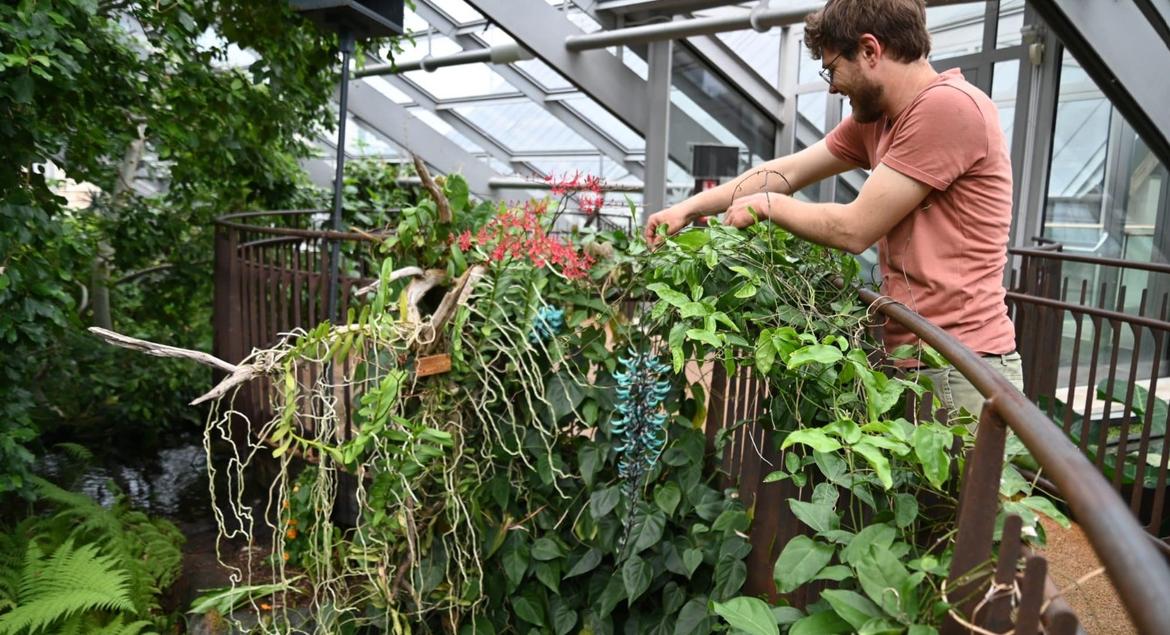Claw-shaped turquoise flowers in the MUSE greenhouse: the jade vine has blossomed
The spectacular flowering will still be visible to the public for a couple of weeks in the museum's greenhouse

Strongylodon macrobotrys, commonly known as jade vine, emerald vine or turquoise jade vine, is a species of leguminous perennial liana (woody vine) endemic to the tropical forests of the Philippines. The flowers hang like clusters of grapes from inflorescences produced by mature vines. Each individual bloom resembles a stout-bodied butterfly with folded wings.
Known all over the world, this plant has blossomed for the first time in the greenhouse of the MUSE.
"This is the first flowering of this plant in our greenhouse. - explains Francesco Blardoni, tropical botanist at MUSE - The jade vine is a rare species in nature due to the disappearance of its habitat. It grows among the riparian vegetation of the rainforests of the Philippines and is a climbing plant that can grow up to 15 metres in height. The plant is pollinated by bats, attracted by the nocturnal glow of the inflorescences and the rich nectar inside the flowers. It is a leguminous plant and its inflorescences are edible and used by local populations for recipes and to garnish local dishes".
It was donated in May 2017 by Christophe Marten, a young Belgian botanist (who died prematurely during a mountain climb on Grand Veymont - France).
02/05/2023

